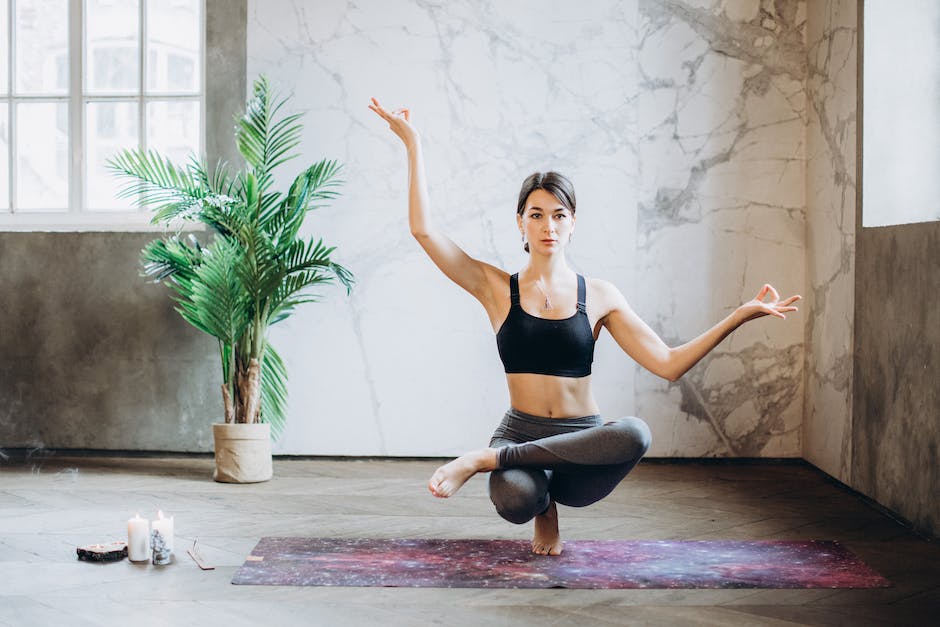Getting Started with Mindfulness

Embarking on a journey towards mindfulness can be transformative. It's about embracing the present, understanding your thoughts, and cultivating a sense of peace. Let's delve into the basics of mindfulness, its benefits, and how you can incorporate it into your daily life.
Mindfulness is the ability to be fully present, aware of where we are and what we are doing, and not overly reactive or overwhelmed by what’s going on around us
While mindfulness is something we all naturally possess, it’s more readily available to us when we practice on a daily basis.
- Whenever you bring awareness to what you’re directly experiencing via your senses, or to your state of mind via your thoughts and emotions, you are being mindful.
Why Practice Mindfulness?
Some of the most popular ideas about mindfulness are just plain wrong. When you begin to practice it, you may find the experience quite different than what you expected.
“YOU ARE NOT Your Thoughts”
Jon Kabat-Zinn, creator of the research-backed stress-reduction program Mindfulness-Based Stress Reduction (MBSR), explains how mindfulness lights up parts of our brains that aren’t normally activated when we’re mindlessly running on autopilot.
Common mindfulness questions and answers
Is there a wrong way to meditate?
- More formal ways to take up mindfulness practice
- Can be practiced solo, anytime, or with like-minded friends.
- Do I have to practice every day?
- No. The more you do it, the more you will find it beneficial to your life
- How do I find a meditation instructor?
- Meditating with a teacher or instructor is a great way to start, but it does depend on what you are looking for
- Why practice mindfulness?
- Five reasons to practice mindfulness
- Lower stress
- Focus your mind
- Understand your pain
- Connect better
- Practice yoga
How to practice mindfulness throughout the day
Set aside some time.
- Observe the present moment as it is – do not try to achieve a state of eternal calm, but rather pay attention without judgment
- Let judgments pass – make a mental note of them, and let them pass
- Be kind to your wandering mind – recognize when your mind has wandered off, and gently bring it back. This practice focuses on the breath, not because there is anything special about it, but because the physical sensation of breathing is always there.
Video: mindful movement practice
Mindful movement can help you tap into that space beyond your busy mind where you are already calm and clear
Mindfulness Is About More than Just Stress Reduction
The ultimate goal of mindfulness is to wake up to the inner workings of our mental, emotional, and physical processes
- Mindfulness trains your body to thrive
- Athletes around the world use mindfulness to foster peak performance
- It boosts creativity
- Strengthens neural connections
A Simple Meditation Practice
Sit comfortably. Find a spot that gives you a stable, solid, comfortable seat.
- Notice what your legs are doing – cross your legs comfortably in front of you, and rest the bottoms of your feet on the floor.
- Notice your arms – situate your upper arms parallel to your upper body.
- Soften your gaze – drop your chin a little and let your gaze fall gently downward.
- Feel your breath – bring your attention to the physical sensation of breathing.
Breathing Exercise: the Breath Ball
Bring awareness to your breath as the Hoberman sphere folds and unfolds
- As you spend time practicing mindfulness, you’ll probably find yourself feeling kinder, calmer, and more patient
- Mindfulness can help you become more playful, maximize your enjoyment of a long conversation with a friend over a cup of tea, then wind down for a relaxing night’s sleep

